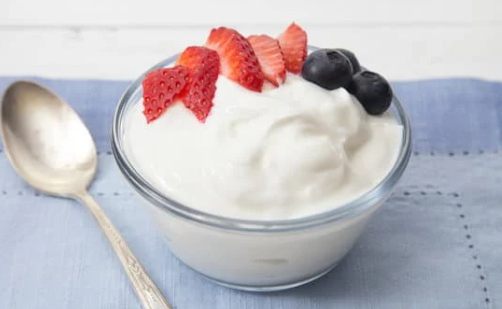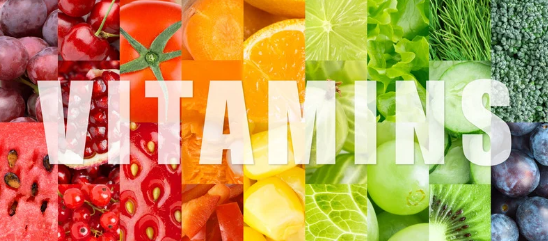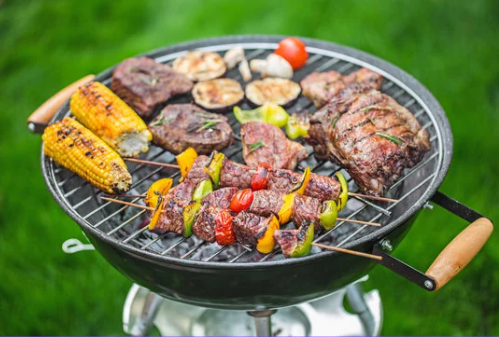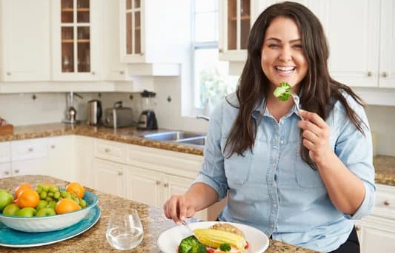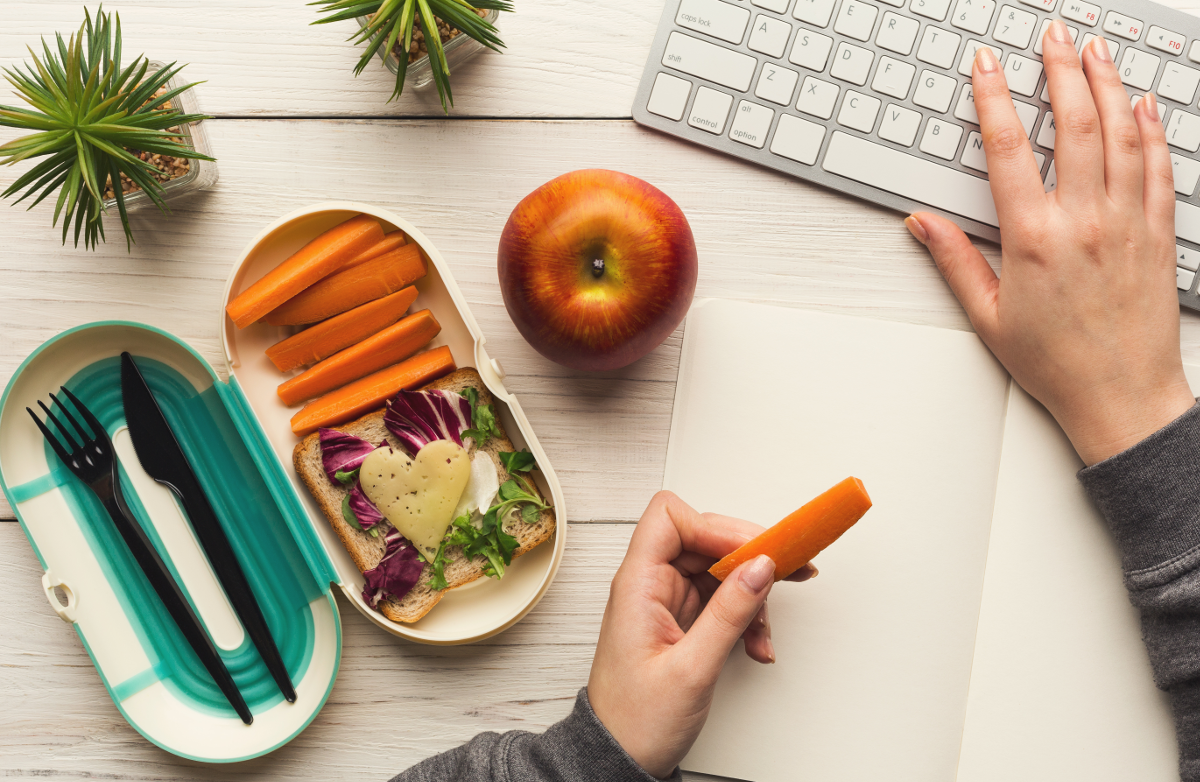Whether you're dreaming of juicy tomatoes, crisp cucumbers, or just a reason to spend more time outside, gardening is an amazing way to connect with your food, move your body, and even save a little cash. But let’s be honest—starting your own garden can feel a little overwhelming at first. Where do you even begin?
The good news? You don’t have to be a plant expert to grow your own food. With a few essentials, a bit of patience, and the right attitude (think: progress over perfection), you’ll be digging into homegrown goodness in no time.
Here’s a five-step guide to get you growing with confidence!
Step 1: Grab Your Garden Gear
Before you start planting, gear up like a garden boss. Investing in quality tools saves time and frustration later.
Your starter kit:
Trowel – For digging, weeding, and planting.
Gloves – Keep your hands happy and protected.
Sun hat – Because sun safety is smart and stylish.
Watering can or hose – Match it to your garden size.
Wheelbarrow – Helpful if you’ve got a bigger space.
Shovel, rake, shears, and pitchfork – Great for planting, cleaning up, and composting.
Don’t stress if you don’t have everything right away—start with the basics and build as you go.
Step 2: Pick Your Perfect Garden Spot
You’ve got three fun options—and you don’t need a giant backyard to make it happen:
In-Ground Garden: Great for space and soil lovers. Choose a sunny, south-facing spot that gets at least 6 hours of light.
Container Garden: Ideal for patios, balconies, or windowsills. Use pots, buckets, or even upcycled containers—just make sure they have drainage!
Raised Beds: Easier on the back and great for soil control. Use wood, bricks, or cinder blocks, and make sure they’re not too wide to reach the middle.
No matter the type, sunlight and accessibility are key. Choose a spot you’ll love visiting daily.
Step 3: Prep That Soil
Good soil = happy plants. Your garden’s success starts here.
What you’re aiming for:
Loose, well-drained soil that isn’t too sandy or clay-heavy.
Free of rocks and debris.Rich in organic matter, like compost or aged manure.
Check your soil’s pH with a simple kit (available at any garden store). Most veggies prefer slightly acidic soil, but each plant has its quirks.
Too acidic? Add bone meal or wood ash. Too alkaline? Mix in peat moss or pine needles. Too dense? Compost, compost, compost (did we mention compost?).
Step 4: Choose What to Grow
Now the fun part—picking your plants! Start with what you actually like to eat and what works for your climate.
Easy wins for beginners:
Herbs: Basil, mint, chives, parsley
Leafy greens: Lettuce, kale, spinach
Veggies: Green beans, carrots, tomatoes, cucumbers, peppers
Bonus: Grow something you can’t find fresh at the store or that’s pricey to buy.
You can start from seed or buy seedlings (a.k.a. “starts”) at your local garden center. Seed packets are cheaper, but seedlings save time and are great for beginners.
Step 5: Plant, Water, Repeat
Time to get your hands dirty—in the best way.
Tips to help your garden thrive:
Sunlight matters. Tomatoes, squash, and peppers love full sun. Leafy greens and root veggies are more shade-friendly.
Mind your layout. Put taller plants on the north side to avoid shading the little guys.
Mulch like a pro. Use compost, straw, or wood chips to keep roots cool and weeds down.
Water wisely. Early morning is best. Aim for deep, less frequent watering instead of a quick daily splash.
Watch for signs. Droopy = thirsty. Yellowing leaves = maybe too much love (aka water).
And most importantly, don’t expect perfection. Gardening is a learning journey. Some plants may thrive, others might flop. That’s all part of the fun.
Final Thoughts: Grow at Your Own Pace
You don’t need to grow an entire farmer’s market overnight. Start small, keep it simple, and grow what brings you joy (and fits your space). Gardening is not just about produce—it’s about the process, the learning, and the connection to something real and nourishing.
Happy planting!




